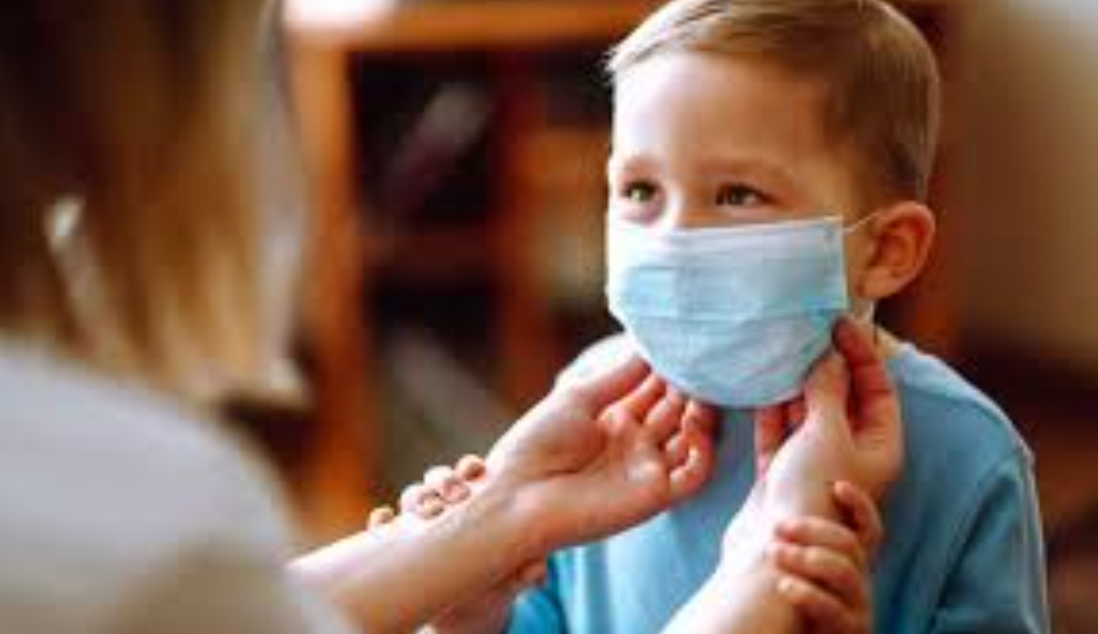News
Article
COVID-19: UK studies find gastrointestinal symptoms common in children
Author(s):
Gastrointestinal symptoms are common in children infected with SARS-CoV-2 and should trigger tests for the virus, according to investigators. This research comes after investigators earlier this month released results of a study of COVID-19 ocular manifestations in children in China.

Gastrointestinal symptoms are common in children infected with SARS-CoV-2 and should trigger tests for the virus, according to investigators.
This research comes after investigators earlier this month released results of a study of COVID-19 ocular manifestations in children in China.
In the latest effort, a prospective study of 992 healthy children (median age 10.1 years) of healthcare workers from across the UK found that 68 (6.9%) tested positive for SARS-CoV-2 antibodies.1
Related: Survey: Pandemic could leave children with less access to ophthalmologists
Half of the children testing positive reported no symptoms, but for those that did the commonest were fever (21 of 68, 31%); gastrointestinal symptoms, including diarrhea, vomiting, and abdominal cramps (13 of 68, 19%); and headache (12 of 68, 18%).
Latest findings from the COVID-19 Symptom Study app,2 which was launched in late March to track people’s symptoms, also show that gastrointestinal symptoms occur frequently in children with positive swab tests.3
“Based on our findings I think that gastrointestinal symptoms should be added to the current list—high temperature, cough, and loss or change in sense of smell or taste—that trigger testing for coronavirus,” Tom Waterfield, lead author of the antibodies study, told The BMJ. He is a senior lecturer at Queen’s University Belfast and pediatric emergency medicine physician at the Royal Belfast Hospital for Sick Children.
Moreover, he noted that diarrhea and vomiting should trigger a test in children
Modelling showed that gastrointestinal symptoms were significantly associated with the presence of SARS-CoV-2 antibodies, in addition to known household contact with confirmed SARS-CoV-2, fatigue, and changes in sense of smell or taste.
Related: COVID-19 immunity may be short-lived
“Although diarrhea and vomiting may not be on the official COVID-19 testing strategy, we need to be cautious in children with these symptoms,” said Waterfield. “They need to have had 48 hours clear of gastrointestinal symptoms before they go back to school to help reduce the potential spread of the virus.”
Tim Spector, the study lead and professor of genetic epidemiology at King’s College London, said in examining data from 250 000 children, investigators found those with a positive swab test have a different range of symptoms to adults.
“Cough and shortness of breath are much less frequent and gastrointestinal problems, especially loss of appetite, more frequent,” he said. “Fever is still a feature, as in adults.”
Spector said that the study confirmed the need to add a wider range of symptoms to those listed for COVID-19.
“Around 50% of children did not have the three core adult symptoms (high temperature, cough, and loss or change in sense of smell or taste) and may present with a wide range of non-specific symptoms, such as malaise and loss of appetite, although skin rash affected one in six,” he said. “The key is for parents to keep children at home with these non-specific signs until they feel better, until tests get more rapid and accessible.”
Related: WHO initiative building coalition for system reforms COVID-19 recovery in Europe
Spector is asking parents to start logging information for their children on the app,3 which invites users to report regularly on their health. He added that the team is adding school specific features to help provide data on infection rates related to schools.
Earlier this month, investigators released results of a study of COVID-19 ocular manifestations in children in China.
A new study out of Wuhan, China where the novel coronavirus was first detected in late 2019 found that some children hospitalized with coronavirus disease 2019 (COVID-19) presented with series of onset symptoms that included fever, cough, and conjunctival discharge, eye rubbing, and conjunctival congestion.
The patients’ systemic clinical symptoms or cough were associated with the ocular symptoms.
A consideration for investigators was that most reported cases were adults, and little is known about ocular manifestations in children with COVID-19.
As a result, investigators conducted a retrospective clinical study on the clinical and ocular characteristics of pediatric patients hospitalized with COVID-19.
Related: COVID-19 pandemic driving jump in Medicaid enrollment
Children with confirmed severe acute respiratory syndrome coronavirus disease between January 26 and March 18 were included.
The main outcomes were the onset of clinical symptoms and duration, ocular symptoms, and need for medication.
Read more COVID-19 updates
References
1. Waterfield T, Watson C, Moore R, et al. Seroprevalence of SARS-CoV-2 antibodies in children: a prospective multicentre cohort study. medRxiv 2020.08.31.20183095 [Preprint]. 2 September 2020. www.medrxiv.org/content/10.1101/2020.08.31.20183095v1.
2. Covid Symptom Study. https://covid.joinzoe.com/data.Google Scholar
3. Mayor S. COVID-19: Researchers launch app to track spread of symptoms in the UK. BMJ2020;368:m1263. doi:10.1136/bmj.m1263 pmid:32220898FREE Full TextGoogle Scholar




